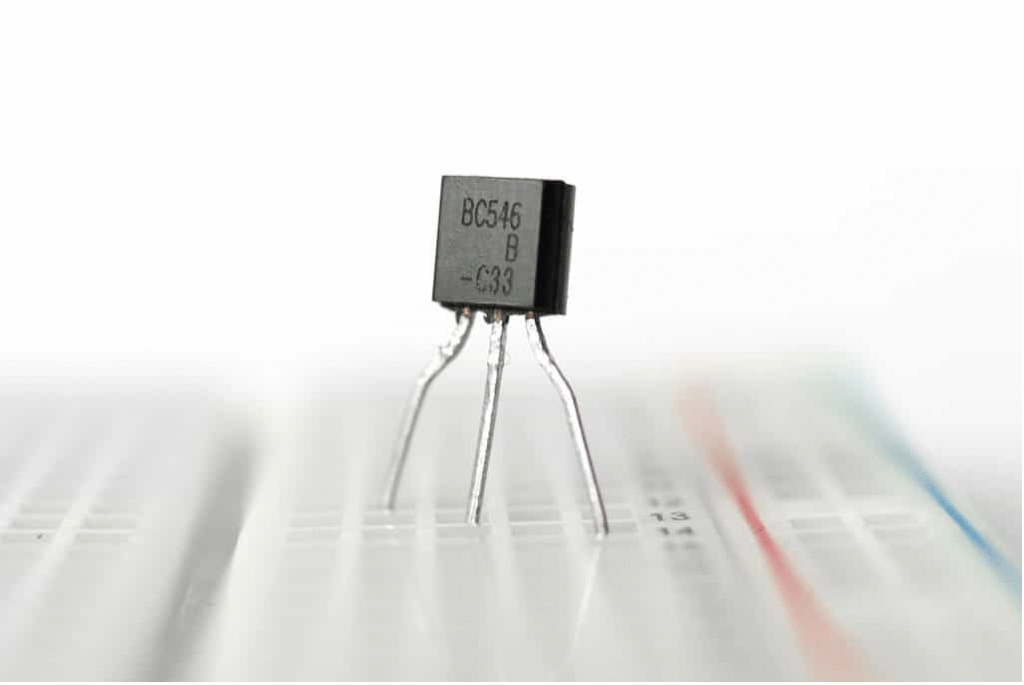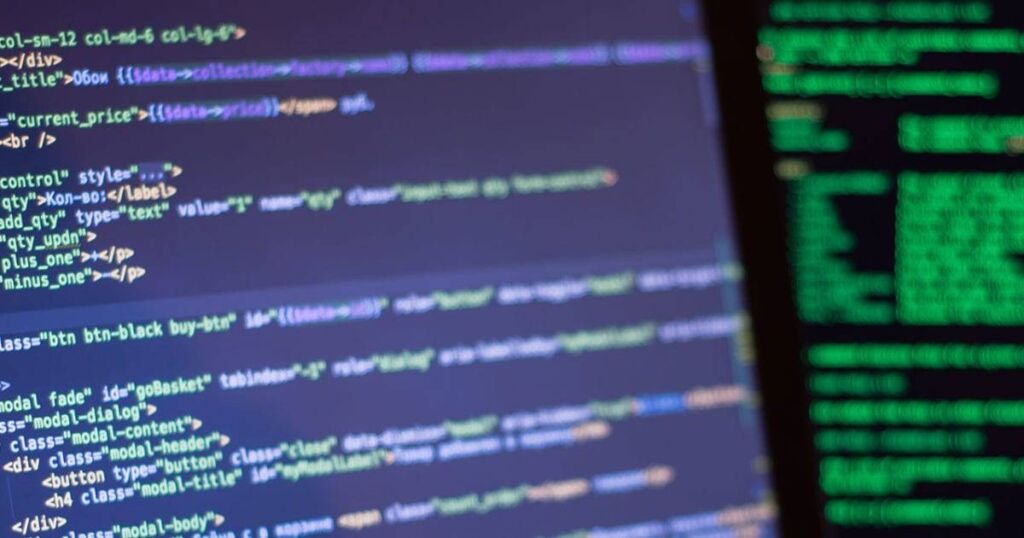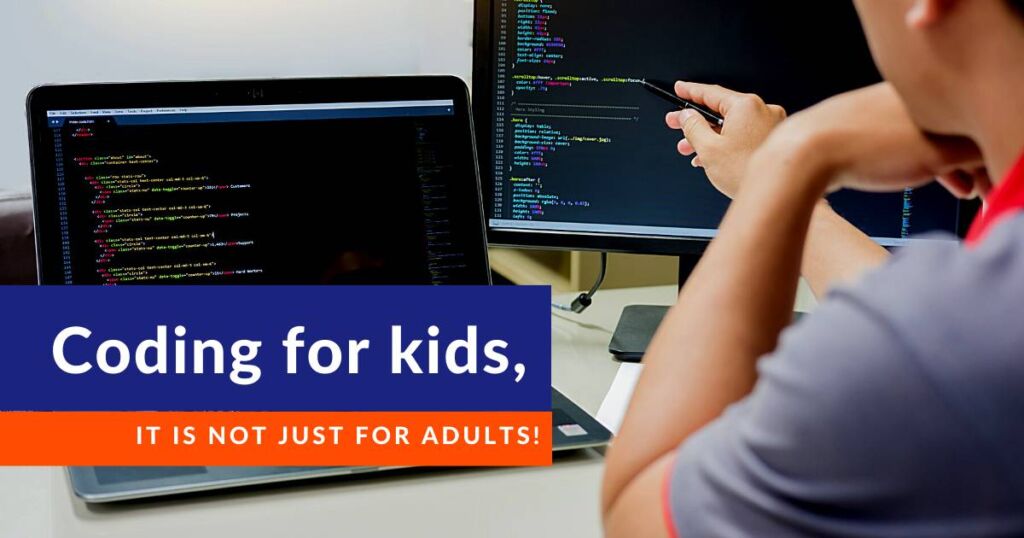Introduction to Transistors
Transistors are the ones that actually store a bit of information and work on small bit operations. Each memory device or an integrated circuit has billions of transistors. These transistors work like a switch on or off and store 1 or 0 signals in electric signal form. To understand how small these transistors are: a transistor is around nanometers in dimension and an atom is around picometers in dimension today, meaning a transistor is almost the size of a few hundred atoms binded together. We’re talking about something as small as an atom that is the bedrock of all computing devices that you see around. When the transistors were invented they were in the form of vacuum tubes of the size of 1.5-2 cm. Later, the transistors became 1mm in size and it further shrank to nanometers now. Because we’re able to fit more and more transistors in small spaces, all our computing devices have actually become smaller in size in the last few decades. There are more than 3.7 Billion transistors in Intel i7 processor; take some time and imagine that once.
Invented at Bell Laboratories in 1947, the transistor rapidly replaced the bulky vacuum tube (about 2 cms) as an electronic signal regulator. Considered one of the most significant developments in the history of the PC, the invention of the transistor fueled the trend toward miniaturisation in electronics. The cost of these transistors and the size of these transistors has come down significantly in the last few decades. The latest transistors that Intel announced are unbelievably small at 22nm. Read about it here.
Transistors are the foundation of modern-day computing
Essentially, all computing is about these small signals and mathematical logics performed with that data using various logic gates (in the form of circuits that we simulate on a breadboard). To simply put, a byte is 8 bits and is a series of 8 transistors and if we want to add two bytes of data then we use a logic gate. This is why binary code is the language of the computer (1s and 0s). You can watch this video below from Code.org to get an idea of what we discussed so far.
Transistors can be combined to form a logic gate, which compares multiple input currents to provide a different output. Computers with logic gates can make simple decisions using Boolean algebra. These techniques are the foundation of modern-day computing and computer programs. Transistors are not only used in computers as switches, they are also used as amplifiers in speakers, radios, etc. as they can also amplify a signal received by them.

A electronic component like the below has thousands of transistors and logic gate circuits (AND, OR, XOR, NAND, NOR, etc.) embedded in it that are not visible to the naked eye. For example, a NAND gate integrated circuit chip is as below.

These circuits are called integrated circuits or IC chips and when they’re printed boards it is called a printed circuit boards (PCBs). Arduino Uno is one such printed circuit board, and if you open your computer you’ll see a motherboard which is also a PCB and you’ll see a display card or a network card – all of which are PCBs that have unique functions.
And atoms are the bedrock foundation of transistors. As you know, atoms have electrons in their orbits around the nucleus. One such important atom is Silicon. Transistors are usually made of Silicon material and hence there is a big valley named after Silicon in California – Silicon Valley, but they are also made of other materials like Germanium and Gallium Arsenide. What’s so special about Silicon? Silicon is a material that is a semiconductor (it can act both as an insulator and a conductor if you apply some chemicals to it). When you perform a N-type chemical process (add Phosphorus) on Silicon material (Silicon atoms) then these atoms gain free excess electrons. And when you perform a P-type chemical process (add Aluminium) on Silicon, the Silicon atoms will be in need of electrons and are deficient of electrons. So, when you put these two materials of Silicon, one added with Phosphorus and one added with Aluminimum together side by side, then the free electrons from the N-type go into the deficient side of the P-type Silcon material. Since these electrons travel, they form a small barrier with a current and potential difference of 0.7V. This barrier is called the PN Junction.
When you connect this to a battery then all the free electrons from the N-side Silicon move to the P-side Silicon (because they’re attracted to the positive terminal of the battery) and that flow of electrons creates an electric current (electric field). For this to happen, the voltage source has to be more than the 0.7V barrier.
Please look at the second half of this video to understand this in more detail.
But, transistors are already too small and can we make them further smaller? Because if we cannot, what is the future of computing devices. Scientists are working on these questions and Quantum Computing is a promising answer to this. Quantum computers are devices that manipulate quantum bits, or qubits. But instead of using a transistor to perform this function, quantum computers directly encode this information onto elementary particles like electrons and photons, or even entire atoms. These particles are thus part of a quantum computer’s hardware, and because they play by quantum rules, they execute their functions as qubits through strange quantum mechanical effects.
Hope this is useful, thank you.
You may like to read: Mathematics for Kids, Binary Trees of Computer Science, and AI for Kids




